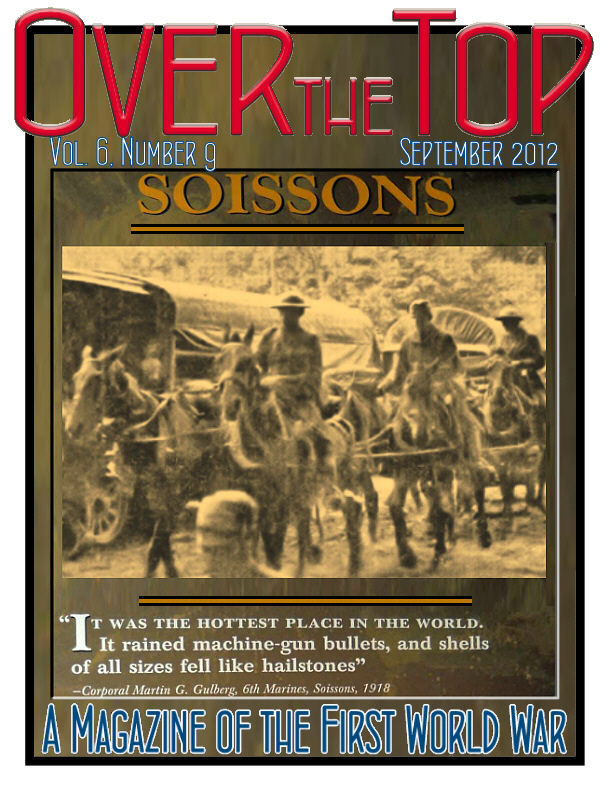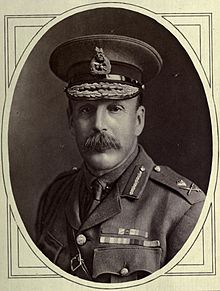


September 1912
Mobilization in the Balkans
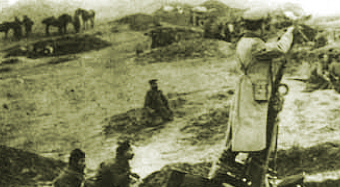
Bulgarian Troops Mobilize
|
The Balkan Wars of 1912-13 occurred because of the determination of the Balkan states to resolve their issues of national unity in the face of the weakness of the Ottoman Empire and the opposition of the Great Powers. By 1912 the Great Powers, who had maintained peace in the Balkan Peninsula since 1878 through the mechanism of the Berlin settlement, lacked the determination to enforce it when confronted by Balkan unity. Because of this failure they would
find themselves at war within two years.
Confronted by the hostile Balkan coalition, the Ottomans mobilized their European forces on 24 September 1912. Because of the size of the forces involved and the proximity of the region to the Ottoman capital Constantinople, the Thracian theater was by far the most important of the First Balkan War. The war would be won and lost in Thrace. The Bulgarians responded to the Ottoman mobilization by ordering the deployment of their own forces on 25 September. The Bulgarian armies were in place by 17 October and they declared war the next day.From Richard Hall's The Balkan Wars, 1912-13: Prelude to the First World War.
|
TRENCH REPORT: Fall is my favorite time of the year: schools are back in session, the weather is at its best here in the Bay Area, football season is about to kick off, and new television shows are being announced. Following up on the last point, our Assistant Editor Kimball Worcester has come up with a smashing idea for our next issue of the Trip-Wire. We call it "Before Downton Abbey". In the October issue we will honor those great TV drama series of the past that featured the First World War. Sure to make the final cut are: The Fall of Eagles, Reilly— Ace of Spies, Upstairs Downstairs, The Duchess of Duke Street and Testament of Youth. For this special issue we are accepting: a. additional nominees, and b. mini-reviews of each of the series (150-250 words). Kimball, however, has already staked out Reilly. Just send your ideas and comments here: Email MH
New at Our Own & Our Friends' Great War Websites
Click on Title or Icon to Access
|
Did you know that the WW1HA encourages college students to research the events of 1914-1918? True, since 2000 we have worked with Phi Alpha Theta, the National History Honor Society, in awarding an annual prize of $1,000 for the best paper by an undergraduate examining the impact of the Great War on the United States. Click here to read all the winning essays (Prize Winners)
The WW1HA National Seminar
USMC University, Quantico
7-8 Sept. 2012
Contact: Carol Vandenbruhl
email: cvandenbrul@netscape.net
tel: 248-471-2366
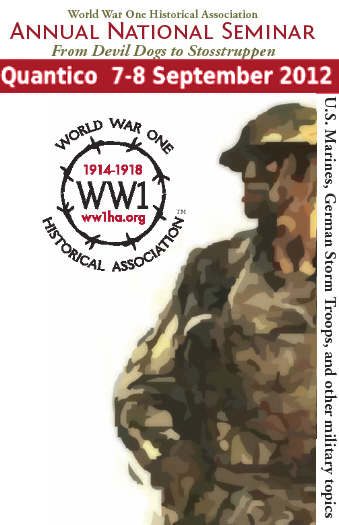
Click on the image above to access full program and registration information.
|
|
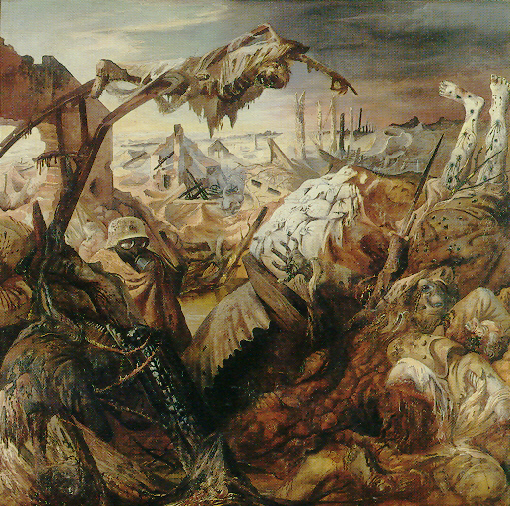
War Triptych (Detail),
Otto Dix, 1929-32
This Month's Internet Feature
Drawing Attention to the Great War's Centennial (or Centenary as You Prefer)
Some of our friends share our recognition that the run-up to the war deserves the same attention as the fighting period. Also, many parties have begun planning.
Dennis Cross's Centennial Countdown to
the Great War
First World War Centenary on Facebook
Imperial War Museum Plans for WW1's 100th Anniversary
Flanders to Promote World War I
Centenary
Triple Centenary Salute Planned for
Britain
Digital Technology to Helps to Commemorate First World War

What Is This Cowboy
Movie Star's
WWI Distinction?
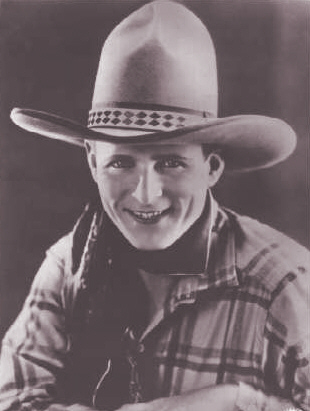
Silent film star Fred Thompson was a veteran—the chaplain yet—of the AEF's 143rd Field Artillery Regiment. He got "over there" too late to see combat, but he almost stole the show at the 1919 Inter-Allied Games when he won the hand grenade throwing competition with a phenomenal 245 foot 11 inch heave. His growing screen career, alas, was ended prematurely in 1928 when he died from tetanus after stepping on a nail.

All these corpses had been men; all these corpses had breathed as I breathe; had had a father, a mother, a woman whom they loved, a piece of land which was theirs, faces which expressed their joys and their sufferings, eyes which had known the light of day and the color of the sky.
Former Corporal Ernst Toller,
I Was a German, 1933
|
|
|
Page Two
|
|
|
Gone West
Two Recent Losses
By Editor in Chief Michael Hanlon
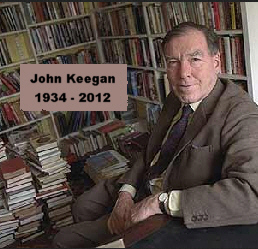
Keegan at Home |
Sir John Keegan died on August 2nd after a long illness at the age of 78. (obituary) He had become the preeminent military historian of the late 20th century despite never having served in the military. His breakout work, The Face of Battle, took a new approach to history, it was said to put "a human face on warfare" by comparing the grim experiences of men in combat at Agincourt (1415), Waterloo (1815), and the Somme (1916). He held a lectureship at Sandhurst for 25 years and wrote on a vast range of military subjects, including a volume on the First World War (1999).
CSPAN Booknotes Interview (88 minutes)
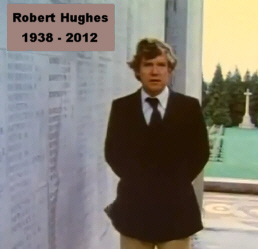
Robert Hughes at
Thiepval Memorial, Somme |
Robert Hughes, who was the longtime art critic of Time magazine and, with Kenneth, Lord, Clark, one of television's finest educators on the arts, passed away on 6 August. He was also a serious historian, social observer and literary commentator. (obituary) An Australian and the son of a Great War flying ace, Hughes was greatly influenced by the war—references to it permeated his work. See, for instance, this 2006 essay on Modernism. (link). At times, he made his views on the war explicit, such as in this video, an excerpt from The Shock of the New (6 minutes).
|
|
My World War I Expeditions for Valor Tours, Ltd.

Click on Image to Send Email
|
World War I Headlines
in the 21st Century
|
|
|
Subscribe to Our Online Magazine
|
|

|
|
Page Three
|
|
|

Photos of the Dead
Contrary to modern myth, during the war itself, many photographs of the dead were published in newsmagazines in all the warring countries. There are some general trends that are evident, however. British news editors were apparently not so keen as their French allies to show great numbers of dead soldiers. An occasional corpse or two was quite sufficient for the staid Englishman, say a dead sniper who had got his just deserts, or an unlucky Hun who had bit the dust.
French news editors, on the other hand, seemed to positively delight in showing photographs of Boche corpses, the more the better. Many of the working class newsmagazines such as Le Miroir, J'ai Vu, or Sur le Vif printed quite grisly scenes at times, trenches full of slain Germans or heaps of enemy bodies piled up for burial after a battle. Even illustrious magazines such as L'Illustration had no qualms about showing photos of the enemy dead or of executed "spies" and Le Pays de France, a solid and otherwise respectable magazine, appears to have published more photos of dead German corpses than of their live British allies.
TL
|
Photo of German Corpse in Artois Sector,
Published in Le Flambeau, 1915
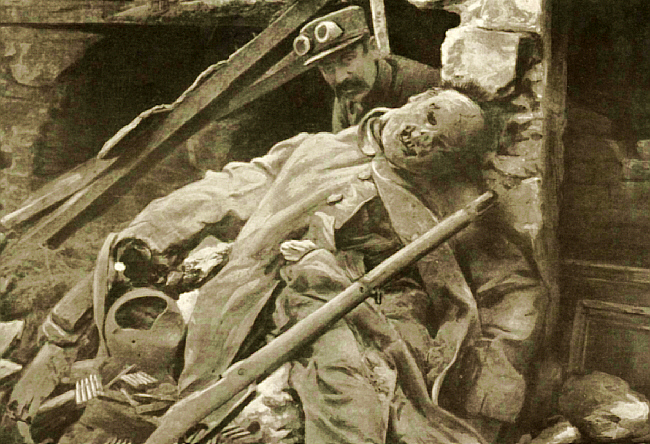
Click Here to read more about the presentation of photos of the dead in
Great War periodicals.
|
|
Maude: Forgotten Victor of Mesopotamia
|
One measure of distinguished generalship is the ability to find victory despite limited resources. As Bedford Forrest might have put it, "Doing the mostest with the leastest." An example from the Great War is British Lieutenant General Sir Frederick Stanley Maude, successor to defeated and subsequently disgraced General Charles Townshend in the Mesopotamian theater. Maude was appointed by Imperial General Staff Chief William Robertson, who thought he could be depended upon to hold the line and not request reinforcements from the Western Front.
Maude, however, worked with what he had, carefully rebuilding his limited forces, outmaneuvering more than outfighting his German-commanded Turkish opponents—eventually regaining the strategic initiative. He recaptured Kut in February 1917 and took Baghdad less than a month later. His successes continued, but he was fatally struck down by cholera the same year in November. A year later, his successor, General William Marshall, accepted the Turkish surrender at Mosul.
See an outstanding article on the campaigns in Mesopotamia at the Scots at War Website.
|
Fateful Men-of-War: Goeben and Breslau
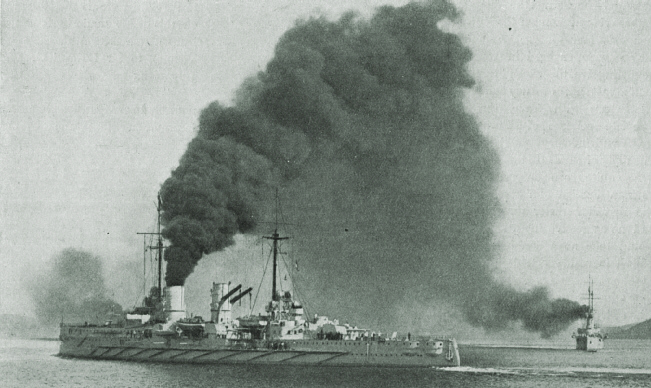
SMS Goeben (left) was the second of two Moltke-class battlecruisers of the Imperial German Navy, launched in 1911 and named after the German Franco-Prussian War veteran General August Karl von Goeben. Several months after her commissioning in 1912, Goeben, with the light cruiser Breslau (right ship in photo), formed the German Mediterranean Division and patrolled there during the Balkan Wars.
After the outbreak of World War I on 28 July 1914, Goeben and Breslau under the command of Admiral Wilhelm Souchon evaded British naval forces in the Mediterranean and reached Constantinople. When the German embassy was informed of the arrival of the Goeben and the Breslau, Ambassador Baron Hans von Wangenheim persuaded the Turks to allow the ships to enter the harbor. Once Souchon's ships were safely in the harbor, the German diplomat reminded the Turks that Great Britain had recently broken a contract to supply two new battleships to the Turkish government. The British Admiralty, nervous about the threat of a European war, had decided to keep the new warships for its own use instead of transferring them to Turkey. The Germans now offered to provide the Turks with the ships they needed by selling them the Goeben and the Breslau. After several hours of negotiation, the Turks agreed to purchase the German ships.
The two ships were transferred to the Ottoman Empire on 16 August 1914, and Goeben became the flagship of the Ottoman navy as Yavuz Sultan Selim. On 30 October 1914, Turkey officially joined the war on the German side, substantially won over by the acquisition of the powerful German warships. The decision by the Young Turks to join the hostilities radically shifted the dynamics of the war and had an earth-shaking impact on Middle East, which is still being felt in the 21st century. Goeben remained the flagship of the Turkish navy until she was decommissioned in 1950.Adapted from Trenches on the Web and Wikipedia articles.
|
|
|
 |
From a WW1HA Seminar
Essays on World War I
Reviewed by Len Shurtleff
|
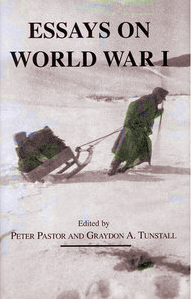
|
This collection of eight essays presents longer versions of papers given at the February 2008 Tampa seminar sponsored by the Florida & Gulf Coast Chapter of the Western Front Association, USA Branch. (WFA-USA recently merged with the Great War Society to form the World War One Historical Association.) All but one focus on on the Eastern front, which stretched more than a thousand miles from the Baltic to the Black Sea, but which has often been overlooked by English language historians.
Jack Tunstall's two contributions analyze the Austro-Hungarian army, focusing on its disastrous Carpathian winter offensive of 1915 that laid the ground for the utter collapse of its badly weakened and over-extended army in 1918. Timothy Dowling changes our concentration to the other side of the fighting front by examining the Brusilov Offensive of 1916, the major Russian achievement of the war. Dick DiNardo's two essays also look at the other side of the battlefront, starting with a series of 1915 German successes beginning with the Battle of Gorlice-Tarnov and quickly drove Russian forces from the Polish salient and established German air superiority.
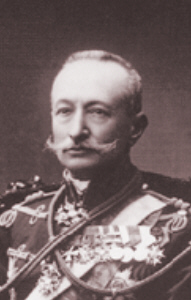
Aleksei Brusilov |
Peter Pastor offers a change of pace with his paper on the plight of Hungarian prisoners of war, more than a million of whom fell into Russian hands. Their tragedy was compounded when the survivors of harsh Siberian winters returned home to a country that had lost its monarchy and more than half its territory. Finally, Larry Lyons takes us westward to present a look at the slow pace of communications innovation in the British Expeditionary Forces, whose conservative mindset delayed the introduction of available wireless technology badly needed for combat command and control.
For further reading see Blood on the Snow: The Carpathian Winter War of 1915 by Graydon A. Tunstall (Kansas 2010); and, Breakthrough: The Gorlice-Tarnov Campaign of 1915, Richard DiNardo (Praeger, 2010). These books won Honorable Mentions in the 2010 WFA Tomlinson Book Prize competition.
Essays on World War I, Peter Pastor & Graydon A. Tunstall (eds.), Columbia University Press - Center for Hungarian Studies, ISBN 978 0 88033 686 4.
|
|
| |









